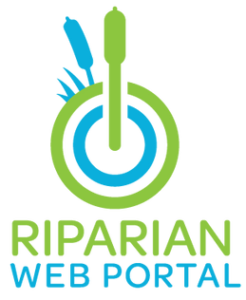
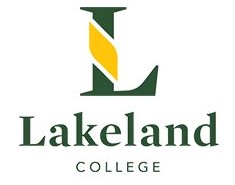 In today’s information age, we’re confronted with near-constant updates and news on the gloomy reality of our planet’s ecological health. But we rarely hear about the positive stories, and the inspiring efforts being made to both conserve and restore our precious ecosystems. The North Saskatchewan Watershed Alliance’s Riparian Web Portal showcases stories like these, and NSWA’s recent 1-Month Challenge looped student’s from Lakeland College in, inspiring our next generation of environmentalists. The 1-Month Challenge occurred in November of 2022, and students in Professor Nicole Nadorozny’s Environmental Sciences, Aquatic Habitat Restoration course were paired with the conservation community to upload examples of restoration projects into the Riparian Web Portal.
In today’s information age, we’re confronted with near-constant updates and news on the gloomy reality of our planet’s ecological health. But we rarely hear about the positive stories, and the inspiring efforts being made to both conserve and restore our precious ecosystems. The North Saskatchewan Watershed Alliance’s Riparian Web Portal showcases stories like these, and NSWA’s recent 1-Month Challenge looped student’s from Lakeland College in, inspiring our next generation of environmentalists. The 1-Month Challenge occurred in November of 2022, and students in Professor Nicole Nadorozny’s Environmental Sciences, Aquatic Habitat Restoration course were paired with the conservation community to upload examples of restoration projects into the Riparian Web Portal.
What are Riparian Areas?
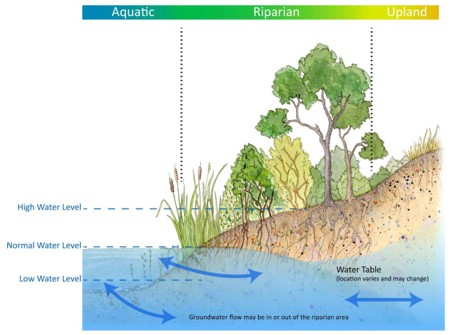
Riparian areas are the ribbons of green surrounding water bodies, comprising the transition zone between the aquatic and terrestrial. The trees, shrubs, and plants in riparian areas are water-loving and form a unique buffer zone, influencing the functionality and health of rivers, lakes, and streams. They provide a variety of ecosystem services, including erosion control, aquifer recharge, filtration, and habitat creation.
Riparian areas are an invaluable element of our watershed and an important part of community resiliency. They are also at threat across Alberta and the prairies, with human land-use changes reducing their overall intactness and functionality.
The Riparian Web Portal
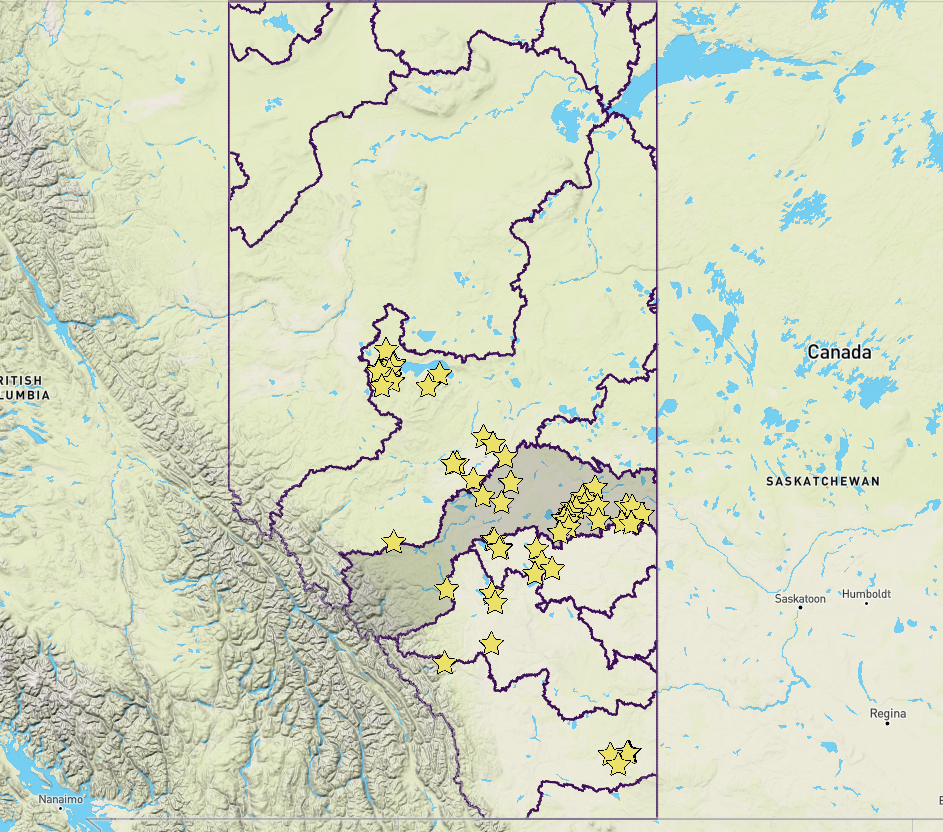
Luckily, our province is full of people and organizations with big ideas to improve the health of our natural ecosystems and watersheds! The Riparian Web Portal showcases conservation and restoration projects, big and small across the province. It also hosts valuable data on riparian intactness for many areas in Alberta. With project examples, and valuable data, the portal helps governments, non-profits, and industry experts collaborate to better manage our precious riparian areas.
The portal connects people to projects happening in their own local watershed. And as it does not only showcase the project’s outcome, but also the overall process and timeline, others can learn from these projects and may be be inspired to get the ball rolling on an opportunity for their own riparian area! Peruse the portal today and discover whether your local waterbody’s shoreline is green, yellow, or red, and what this means for watershed health.
Why Showcase Projects?
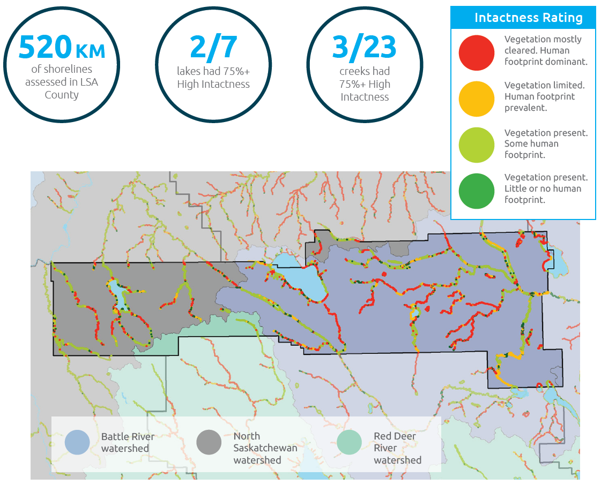
Every single conservation and restoration project is one contribution toward overall watershed health. Featured projects include erosion control initiatives, education demonstrations, and adaptive agricultural practices; all contributing to improved watershed function. The Web Portal’s projects not only celebrate success stories, and demonstrate the process for others, but also inspire the momentum of future projects. Some of the portal’s projects are wide-scale and spearheaded by big teams, while others are grassroots, and started at a community level, or by landowner wanting to restore a shoreline on their property.
The Challenge
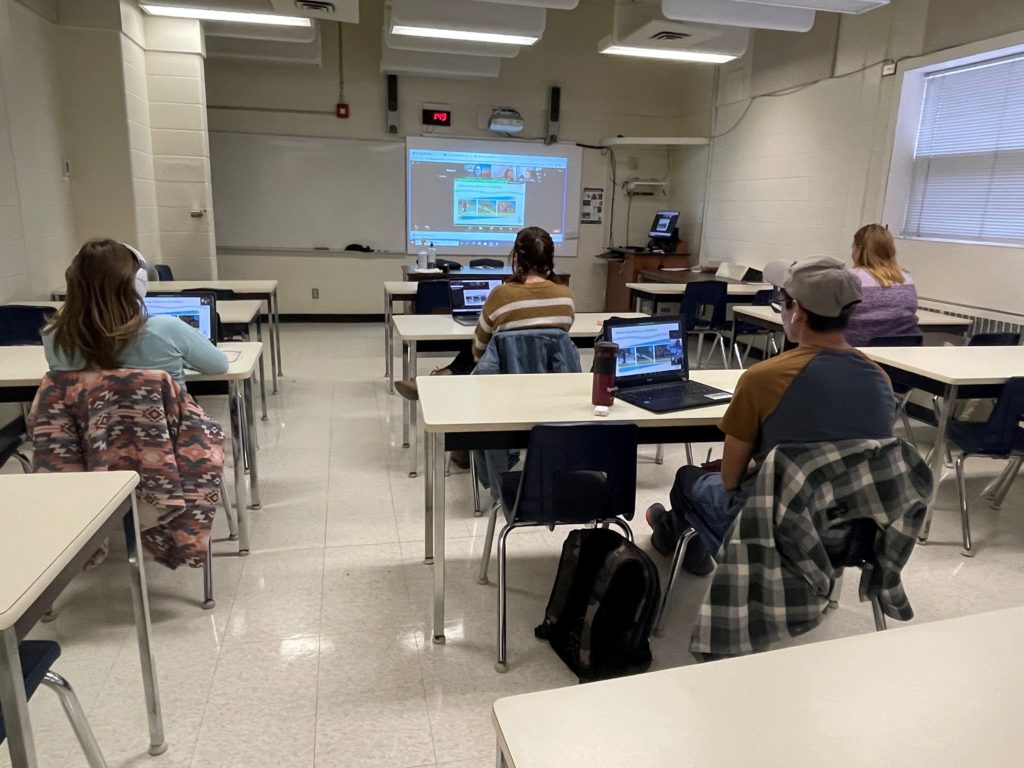
To start off, NSWA hosted a virtual training session with the 14 participants from Lakeland College’s Environmental Sciences program. During the session, the students learned about riparian restoration projects and how riparian health data is collected. The students then got a chance to test the portal out for themselves and learned how to upload new Projects on the Ground.
Mentorship for Shared Success
NSWA is partnered with a variety of organizations, municipalities and counties that use the web portal to showcase their own restoration projects. We were grateful to have a number of these partners volunteer to pair up and mentor a student throughout the challenge, including partners from the Mighty Peace Watershed Alliance, ALUS Vermilion County, and the Wizard Lake Watershed & Lake Stewardship Association.
The challenge officially kicked off in November, and students were tasked with reaching out to their coordinator and setting up one-on-one interviews to learn about their project. They collected details such as the project’s timeline, partners involved, restoration tools used, and before-and-after photos. The students learned to set tasks, plan a work schedule, and network with partners in the conservation community.
Once the students had uploaded their projects, NSWA teamed up with Professor Nadorozny to review their work and pick 4 lucky winners – students, Katlelyn Aschenmeier and Tyler Hermansen, and coordinators from the Red Deer River Watershed Alliance and the Wetaskiwin Leduc ALUS chapter. They were awarded with solar power banks, which the NSWA team hopes will be a helpful tool during future field trips as the students begin their careers in the environmental sector!
Reflections
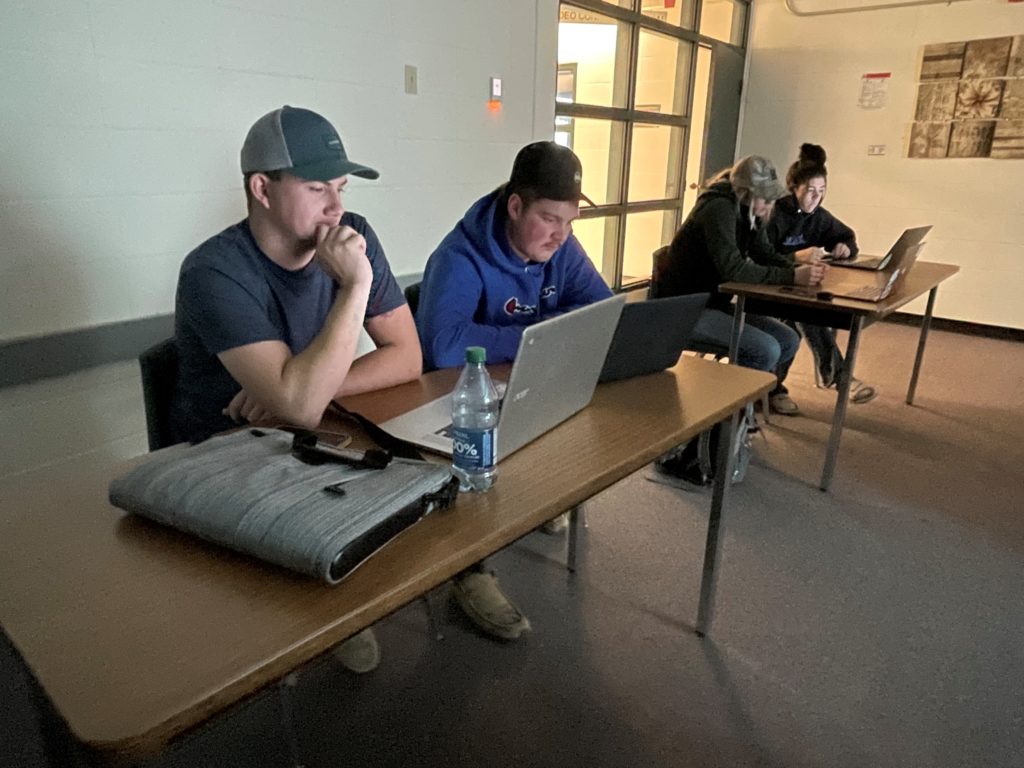
The Riparian Web Portal provides important data on riparian health, demonstrating where we need to put more effort, but also showcasing hopeful stories of resilience. It connects people to projects happening in their own local watershed, and encourages collaboration and exciting projects that are recorded from the ground up!
Each project tells a story, and the 1-Month Challenge was a great opportunity to get more of these important projects uploaded into the portal! A big thank you to Nicole Nadorozny, her environmental science class, and all of the coordinators for helping make this happen.
